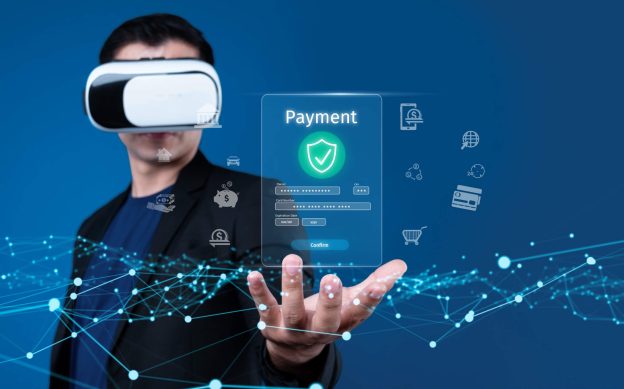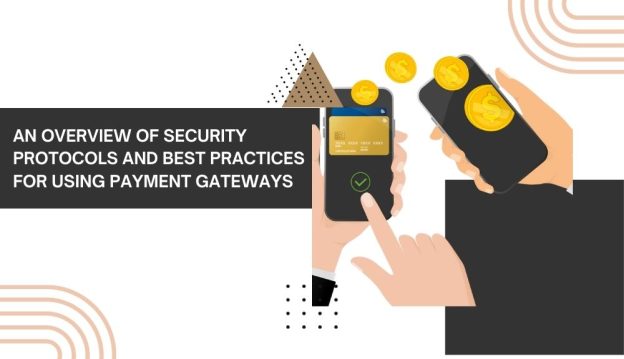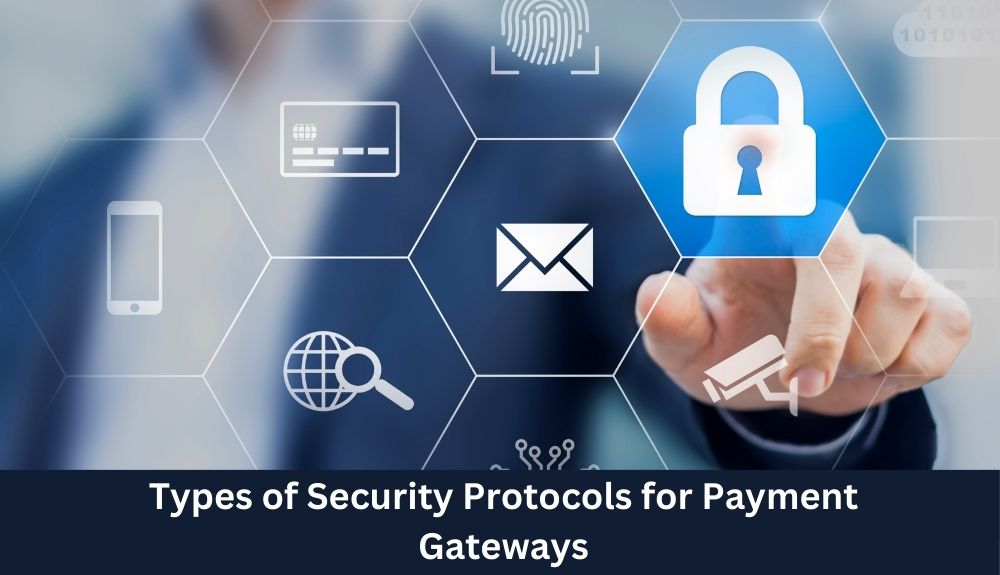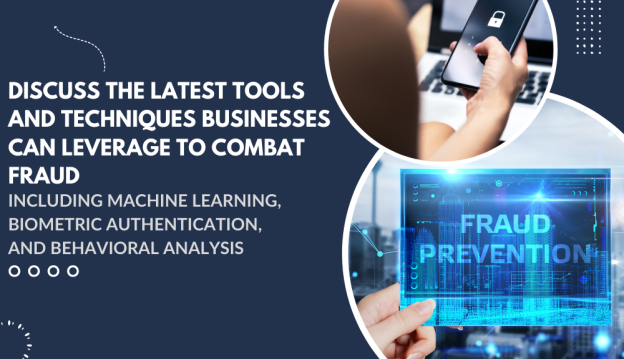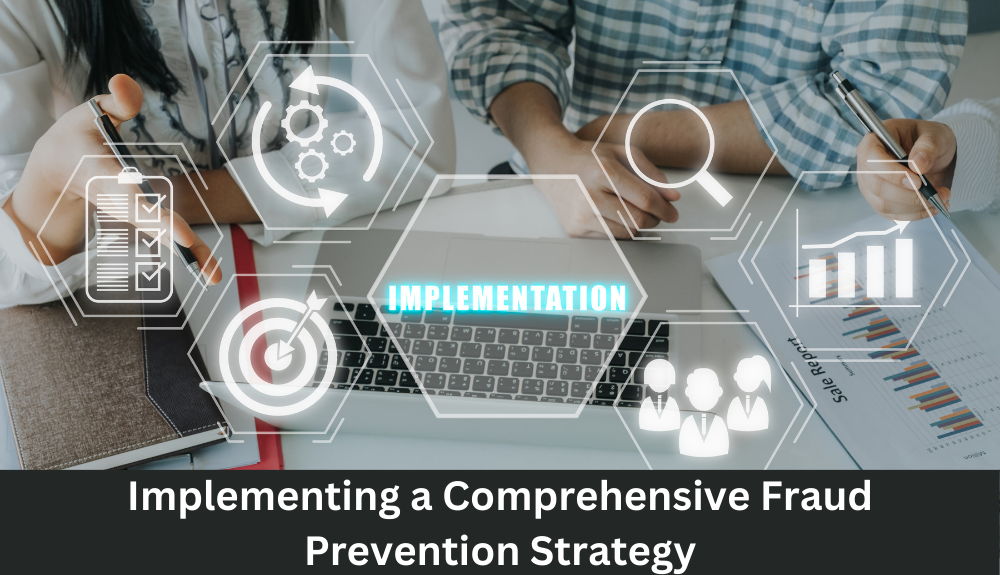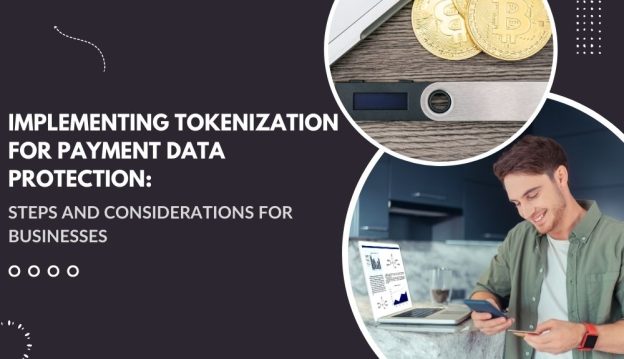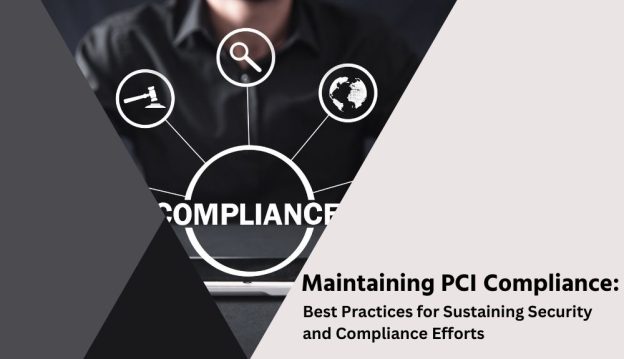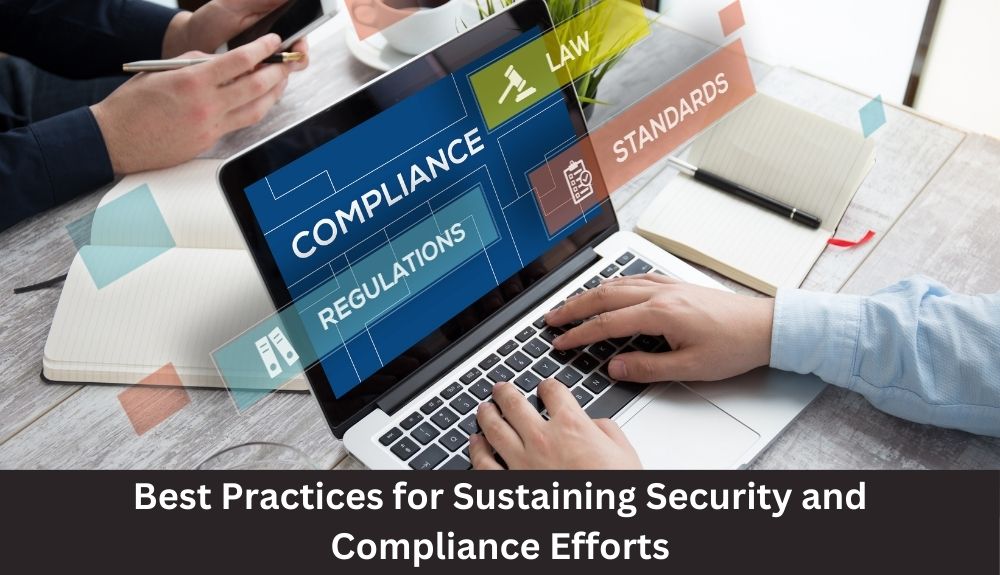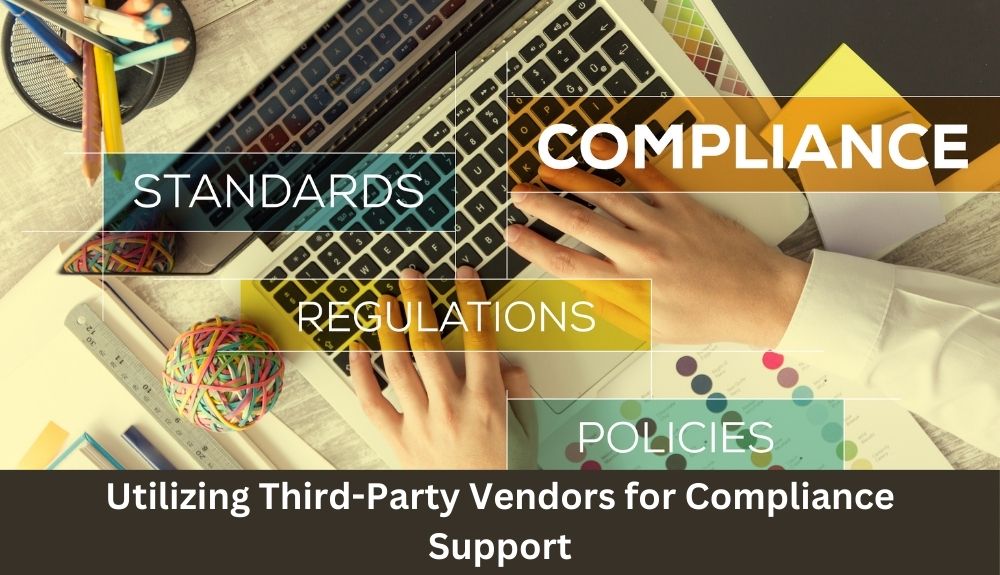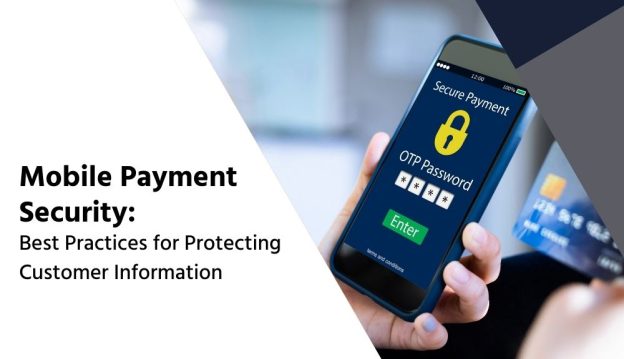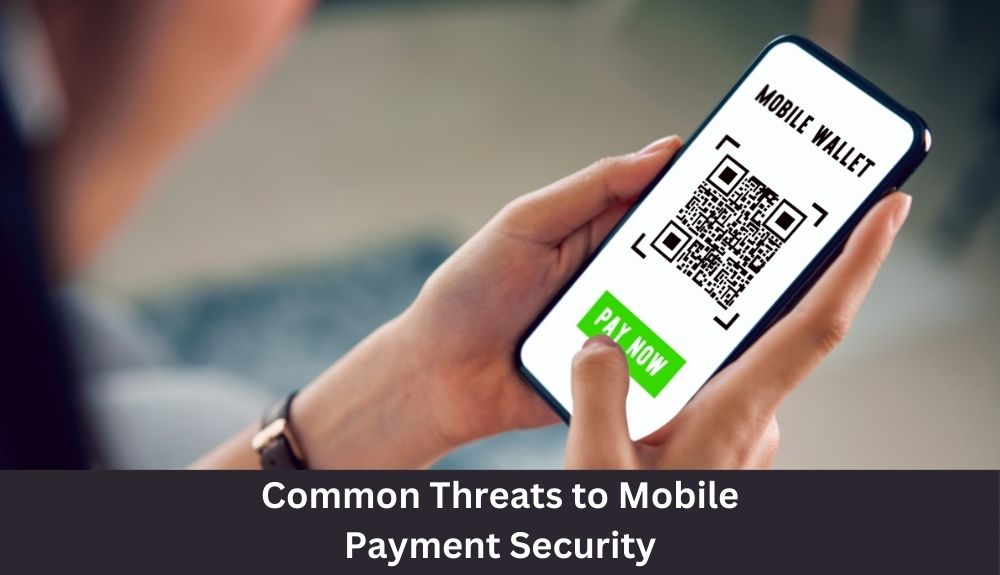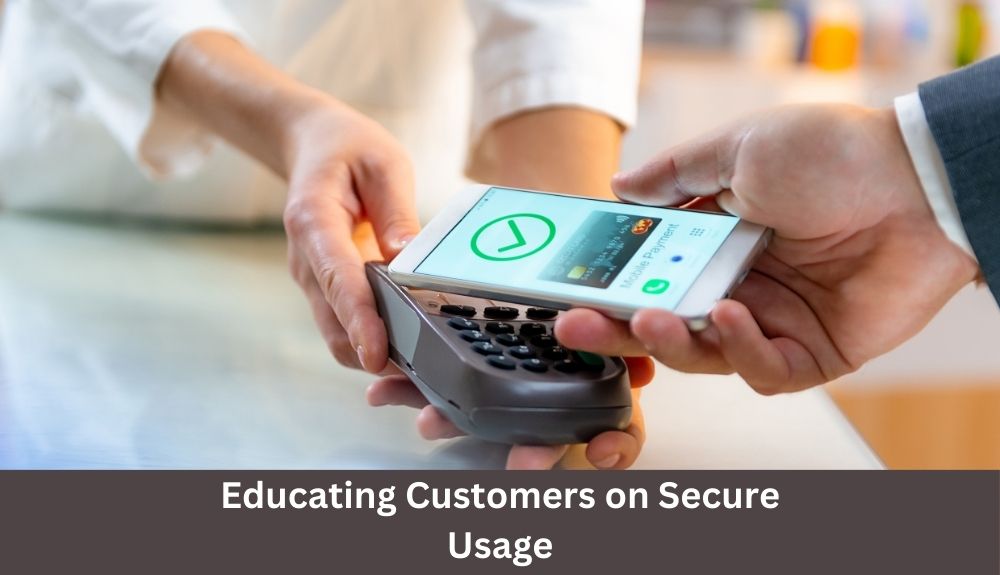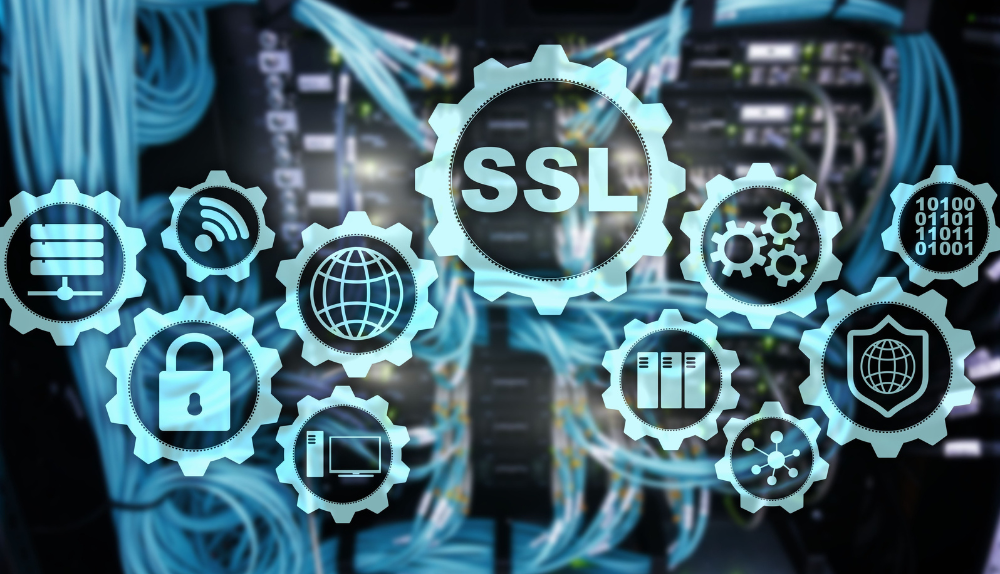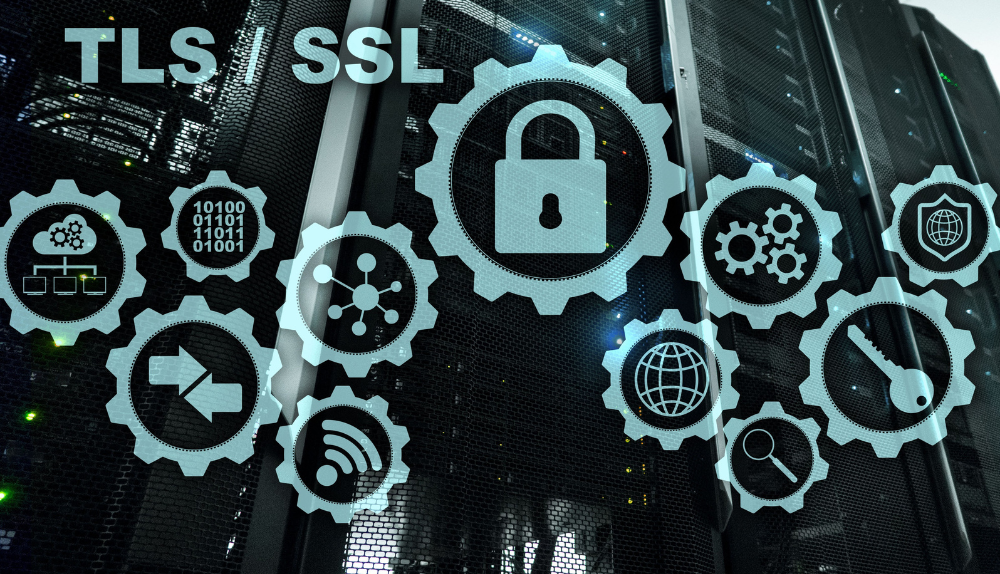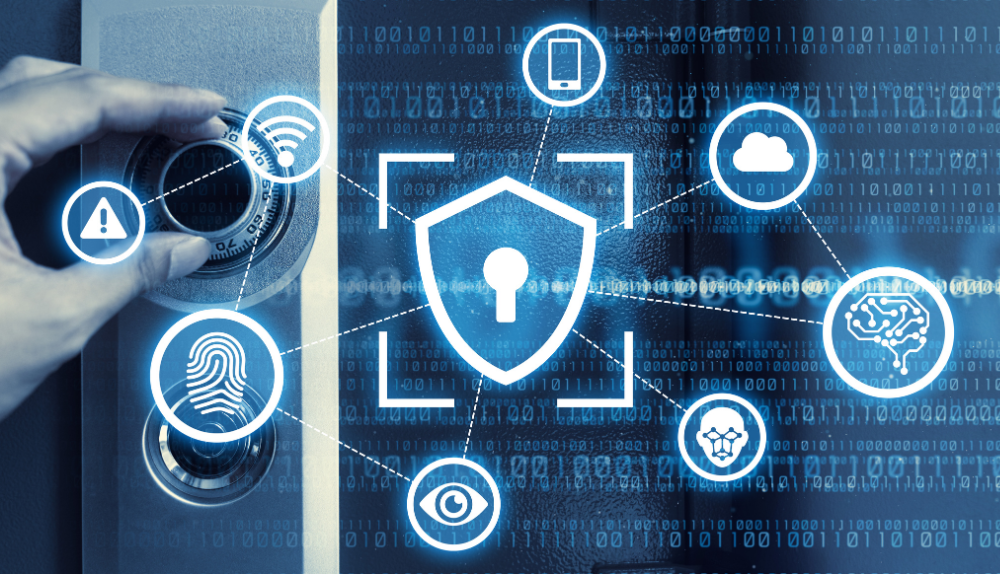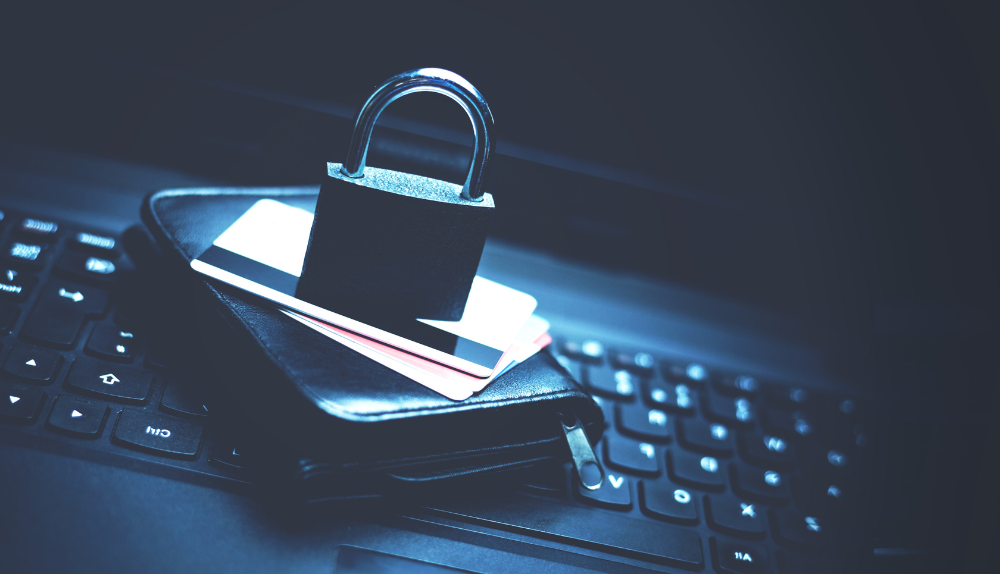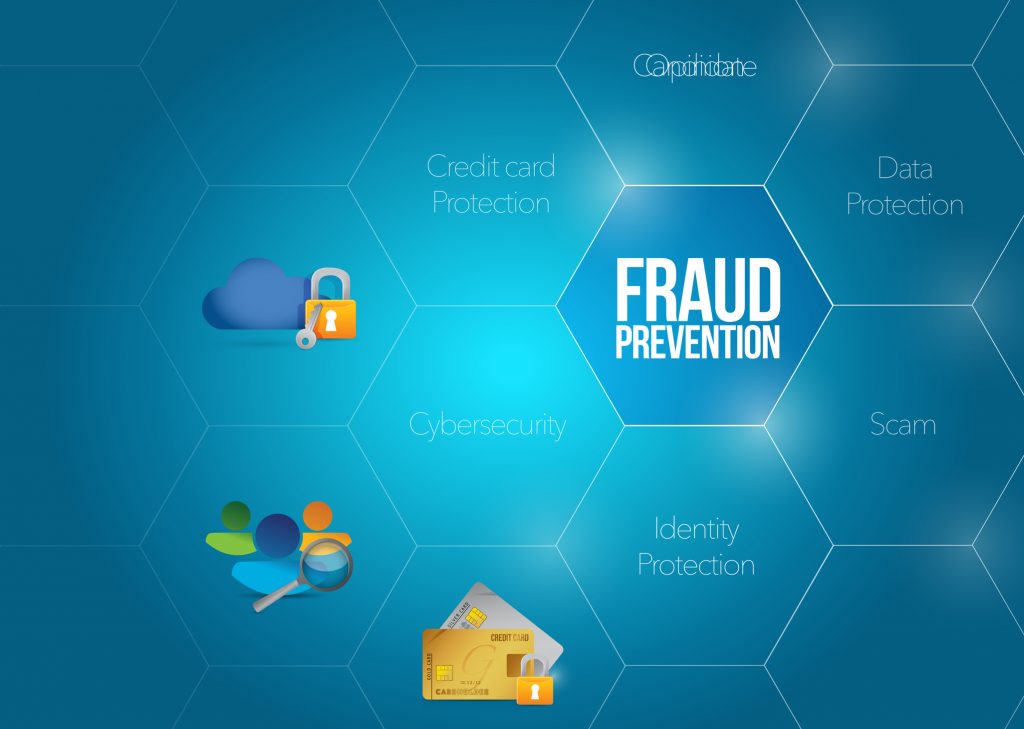In today’s digital age, online transactions have become an integral part of our daily lives. Whether it’s shopping, banking, or paying bills, the convenience of conducting transactions online cannot be denied. However, with this convenience comes the need for heightened security measures to protect our personal and financial information from cybercriminals. In this comprehensive guide, we will explore the best security practices for handling online transactions, ensuring a safe and secure experience.
Understanding the Importance of Security Practices for Handling Online Transactions
Online transactions involve the exchange of sensitive financial information, such as credit card details, bank account numbers, and personal identification. Without proper security measures in place, this information can easily fall into the wrong hands, leading to identity theft, financial loss, and other serious consequences. Therefore, understanding the importance of security practices for handling online transactions is crucial.
Choosing a Secure Platform for Online Transactions

When it comes to online transactions, choosing a secure platform is paramount. The platform you use should have robust security measures in place to protect your sensitive information. Here are some factors to consider when evaluating the reputation and trustworthiness of online platforms.
Evaluating the Reputation and Trustworthiness of Online Platforms
Before conducting any online transactions, it is essential to research and evaluate the reputation and trustworthiness of the platform you are using. Look for customer reviews, ratings, and testimonials to gauge the platform’s reliability. Additionally, check if the platform has any certifications or affiliations with reputable organizations, as this can be an indicator of their commitment to security.
Verifying SSL Certificates and Encryption Protocols
One of the key security measures to look for in an online platform is the presence of SSL (Secure Sockets Layer) certificates and encryption protocols. SSL certificates ensure that the data transmitted between your device and the platform’s server is encrypted, making it difficult for hackers to intercept and decipher. Look for the padlock symbol in the website’s URL, indicating that it is secure and encrypted.
Assessing the Platform’s Security Measures and Fraud Detection Systems
A secure online platform should have robust security measures and fraud detection systems in place. These measures can include multi-factor authentication, CAPTCHA verification, and transaction monitoring. Assess the platform’s security features and ensure that they align with industry standards to protect your information from unauthorized access and fraudulent activities.
Creating Strong and Unique Passwords for Online Transactions

Passwords are the first line of defense when it comes to securing your online transactions. Creating strong and unique passwords is crucial to prevent unauthorized access to your accounts. Here are some best practices for creating strong passwords.
The Importance of Password Complexity and Length
When creating passwords for online transactions, it is essential to prioritize complexity and length. A strong password should be at least eight characters long and include a combination of uppercase and lowercase letters, numbers, and special characters. Avoid using easily guessable information such as your name, birthdate, or common words.
Utilizing Password Managers for Enhanced Security
Managing multiple strong passwords can be challenging. This is where password managers come in handy. Password managers are secure applications that store and encrypt your passwords, allowing you to generate and use complex passwords without the need to remember them. They also provide the convenience of auto-filling passwords, reducing the risk of human error.
Implementing Two-Factor Authentication for Added Protection
Two-factor authentication (2FA) adds an extra layer of security to your online transactions. It requires you to provide two forms of identification, typically a password and a unique code sent to your mobile device, to access your accounts. By implementing 2FA, even if your password is compromised, hackers would still need physical access to your mobile device to gain unauthorized entry.
Recognizing and Avoiding Phishing Attempts

Phishing attempts are one of the most common methods used by cybercriminals to steal personal and financial information. It is crucial to be able to identify and avoid falling victim to these scams. Here are some tips to recognize and avoid phishing attempts.
Identifying Suspicious Emails and Websites
Phishing attempts often start with suspicious emails or websites that mimic legitimate organizations. Look out for red flags such as spelling and grammatical errors, generic greetings, urgent requests for personal information, and suspicious attachments or links. Be cautious when clicking on links or downloading files from unknown sources.
Verifying the Authenticity of Communication Channels
Legitimate organizations will never ask for sensitive information such as passwords or credit card details via email or phone calls. If you receive a suspicious email or call requesting such information, do not respond or provide any personal details. Instead, contact the organization directly through their official website or customer service hotline to verify the authenticity of the communication.
Educating Yourself and Your Team about Phishing Techniques
Phishing techniques are constantly evolving, making it essential to stay informed and educate yourself and your team about the latest tactics used by cybercriminals. Regularly update your knowledge about phishing techniques through reputable sources and provide training sessions to raise awareness among your team members. This will help minimize the risk of falling victim to phishing attempts.
Securing Your Devices and Networks
Securing your devices and networks is crucial to protect your personal and financial information during online transactions. Here are some best security practices to ensure the security of your devices and networks.
Keeping Your Operating System and Software Up to Date
Regularly updating your operating system and software is vital to ensure that you have the latest security patches and bug fixes. Cybercriminals often exploit vulnerabilities in outdated software to gain unauthorized access to your devices. Enable automatic updates whenever possible to ensure that you are always protected.
Installing Reliable Antivirus and Firewall Software
Installing reliable antivirus and firewall software is essential to protect your devices from malware and unauthorized access. Antivirus software scans your device for malicious software and removes it, while firewalls act as a barrier between your device and the internet, monitoring and blocking suspicious incoming and outgoing connections.
Utilizing Virtual Private Networks (VPNs) for Secure Connections
When conducting online transactions, especially when using public Wi-Fi networks, it is crucial to utilize Virtual Private Networks (VPNs) for secure connections. VPNs encrypt your internet traffic, making it difficult for hackers to intercept and decipher your data. Choose reputable VPN providers and enable the VPN whenever you are connected to public networks.
Safe Online Shopping Practices
Online shopping has gained immense popularity in recent years, but it also comes with its own set of risks. To ensure a safe online shopping experience, follow these best security practices.
Researching and Choosing Reputable Online Retailers
Before making a purchase from an online retailer, take the time to research and verify their reputation. Read customer reviews, check their ratings on trusted review websites, and look for any complaints or negative feedback. Stick to well-known and reputable retailers to minimize the risk of fraudulent transactions.
Verifying Secure Payment Options and Encryption
When making online payments, always verify that the payment options provided by the retailer are secure. Look for trusted payment gateways such as PayPal or Stripe, which offer additional layers of security. Additionally, ensure that the website has SSL encryption in place by checking for the padlock symbol in the URL.
Reviewing and Understanding Return and Refund Policies
Before making a purchase, carefully review the retailer’s return and refund policies. Understand the terms and conditions, including the process for returning or exchanging items and any associated fees. This will help you make informed decisions and avoid potential disputes or inconveniences in the future.
Protecting Personal and Financial Information
Protecting your personal and financial information is crucial to prevent identity theft and unauthorized access to your accounts. Here are some best practices to safeguard your sensitive information.
Avoiding Sharing Sensitive Information on Unsecured Networks
When connected to public Wi-Fi networks, avoid sharing sensitive information such as passwords, credit card details, or social security numbers. Public networks are often unsecured, making it easier for hackers to intercept and steal your information. If you need to access sensitive information, use a VPN or wait until you are connected to a secure network.
Regularly Monitoring Bank and Credit Card Statements
Regularly monitoring your bank and credit card statements is essential to detect any unauthorized transactions or suspicious activities. Review your statements carefully and report any discrepancies or fraudulent charges to your financial institution immediately. Prompt action can help minimize the impact of fraudulent transactions.
Safeguarding Social Security Numbers and Personal Identifiable Information (PII)
Social security numbers and personal identifiable information (PII) are highly valuable to cybercriminals. Safeguard these details by avoiding sharing them unnecessarily and storing them securely. Shred any physical documents containing sensitive information before disposing of them and use strong passwords or biometrics to protect digital files.
Best Practices for Mobile Transactions
With the increasing popularity of mobile payments, it is crucial to implement best security practices for secure mobile transactions. Here are some tips to ensure the security of your mobile transactions.
Installing Trusted Mobile Payment Apps
When using mobile payment apps, only install trusted and reputable apps from official app stores. Read reviews and check the app’s ratings to ensure that it is legitimate and secure. Avoid downloading apps from third-party sources, as they may contain malware or be fraudulent.
Enabling Biometric Authentication for Mobile Transactions
Biometric authentication, such as fingerprint or facial recognition, adds an extra layer of security to your mobile transactions. Enable biometric authentication whenever possible to ensure that only authorized individuals can access and authorize transactions on your mobile device.
Securing Your Mobile Device with Strong Passwords or Biometrics
Securing your mobile device with strong passwords or biometrics is crucial to prevent unauthorized access. Use complex passwords or passcodes that are not easily guessable and avoid using patterns or PINs that can be easily observed. Additionally, enable remote tracking and wiping features to protect your device in case it is lost or stolen.
Educating Yourself about Online Scams and Fraudulent Practices
Staying informed about the latest scams and fraudulent practices is essential to protect yourself and your finances. Here are some tips to educate yourself about online scams and fraud.
Staying Informed about the Latest Scams and Fraud Techniques
Cybercriminals are constantly evolving their tactics, making it crucial to stay informed about the latest scams and fraud techniques. Follow reputable cybersecurity blogs, subscribe to newsletters, and participate in webinars or workshops to stay up to date with the latest trends. This knowledge will help you recognize and avoid potential scams.
Recognizing Red Flags and Warning Signs of Fraudulent Transactions
Recognizing red flags and warning signs of fraudulent transactions is key to protecting yourself. Be cautious of unsolicited emails or phone calls asking for personal or financial information, requests for payment in unconventional methods such as gift cards, or offers that seem too good to be true. Trust your instincts and investigate further before proceeding with any transaction.
Reporting Suspicious Activities to the Appropriate Authorities
If you come across any suspicious activities or believe you have been a victim of online scams or fraud, report it to the appropriate authorities immediately. Contact your local law enforcement agency, your bank or credit card provider, and the Federal Trade Commission (FTC) to report the incident. Reporting such activities can help prevent others from falling victim to the same scams.
FAQs:
Q.1: How can I check if a website is secure for online transactions?
To check if a website is secure for online transactions, look for the padlock symbol in the URL, indicating that the website has SSL encryption in place. Additionally, verify that the website’s URL starts with “https” instead of “http.” You can also click on the padlock symbol to view the website’s SSL certificate information.
Q.2: What should I do if I suspect a phishing attempt?
If you suspect a phishing attempt, do not click on any links or provide any personal information. Instead, report the suspicious email or website to the organization being impersonated. You can also forward the email to the Anti-Phishing Working Group at [email protected]. Delete the email or mark it as spam to prevent further interaction.
Q.3: Are mobile transactions safe?
Mobile transactions can be safe if proper security measures are implemented. Ensure that you are using trusted and reputable mobile payment apps from official app stores. Enable biometric authentication for added security and secure your mobile device with strong passwords or biometrics. Avoid conducting transactions on unsecured Wi-Fi networks and regularly update your mobile device’s operating system and apps.
Q.4: How often should I change my passwords for online transactions?
It is recommended to change your passwords for online transactions regularly, ideally every three to six months. Regularly changing passwords reduces the risk of unauthorized access to your accounts. Additionally, change your passwords immediately if you suspect any compromise or if you receive a notification of a data breach from a service provider.
Q.5: Can I trust online payment platforms with my financial information?
Trusting online payment platforms with your financial information depends on their reputation and security measures. Choose reputable and well-established payment platforms that have a proven track record of security. Look for platforms that utilize SSL encryption, offer two-factor authentication, and have robust fraud detection systems in place. Read customer reviews and research the platform’s security practices before entrusting them with your financial information.
Q.6: What are the best security practices for handling online transactions?
The best security practices for handling online transactions include choosing secure platforms, creating strong passwords, implementing two-factor authentication, keeping devices and software up to date, recognizing and avoiding phishing attempts, encrypting data, regularly monitoring financial statements and transactions, and staying informed about online security threats.
Conclusion
In conclusion, implementing best security practices is crucial for handling online transactions safely. By choosing secure platforms, creating strong passwords, recognizing phishing attempts, securing devices and networks, practicing safe online shopping, protecting personal information, being cautious with mobile transactions, and staying informed about scams and fraud, individuals can significantly reduce the risks associated with online transactions. Remember, prioritizing security is essential for a safe and secure online experience. Stay vigilant, follow these best practices, and enjoy the convenience of online transactions with peace of mind.
